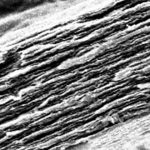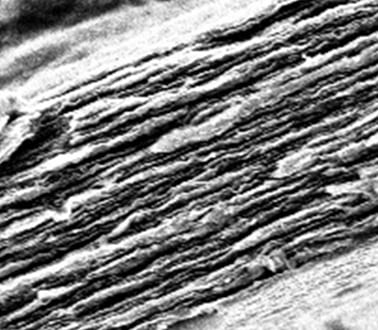 It seems that there is a new application for graphene around every corner. In their new paper, Chen et al. show how magnetic graphene paper can act like an artificial muscle.
It seems that there is a new application for graphene around every corner. In their new paper, Chen et al. show how magnetic graphene paper can act like an artificial muscle.
They fabricated electrochemical actuators based on flexible graphene paper. Electromechanical actuators can convert electrical energy into mechanical energy through stretching or contraction, behaving like artificial muscles. Such materials have a myriad of potential applications in healthcare and nanotechnology.
The graphene-paper actuators lengthen in response to applied voltage, due to changes in the carbon–carbon bond length. The team managed to increase the response by magnetizing the paper using Fe3O4 nanoparticles. The authors believe that the nanoparticles act as pillars between the sheets, increasing the surface area available for electrochemical actuation.
By experimenting with the composition of such constructs, the degree of response can hopefully be increased, realizing the potential of graphene in electrochemical actuation.

















